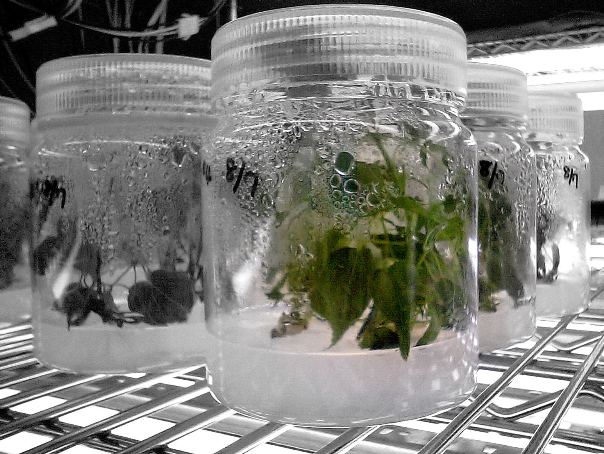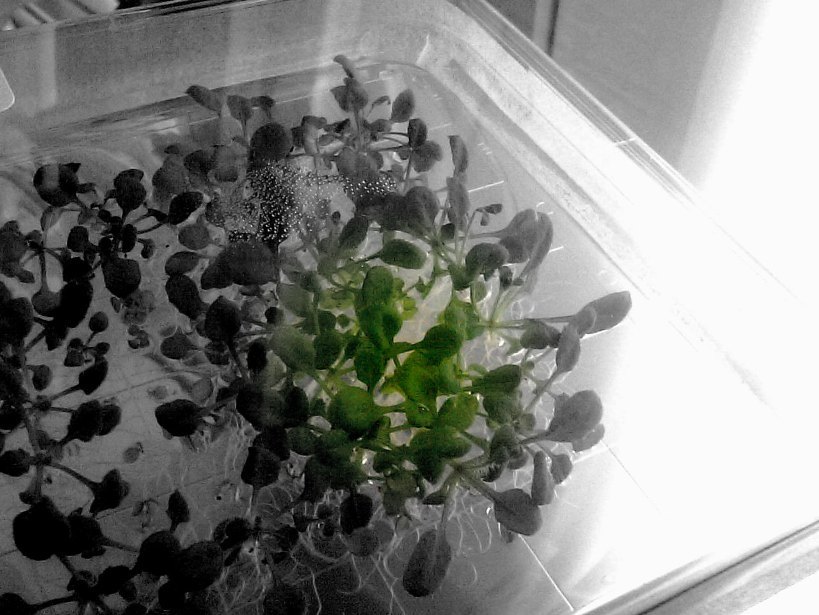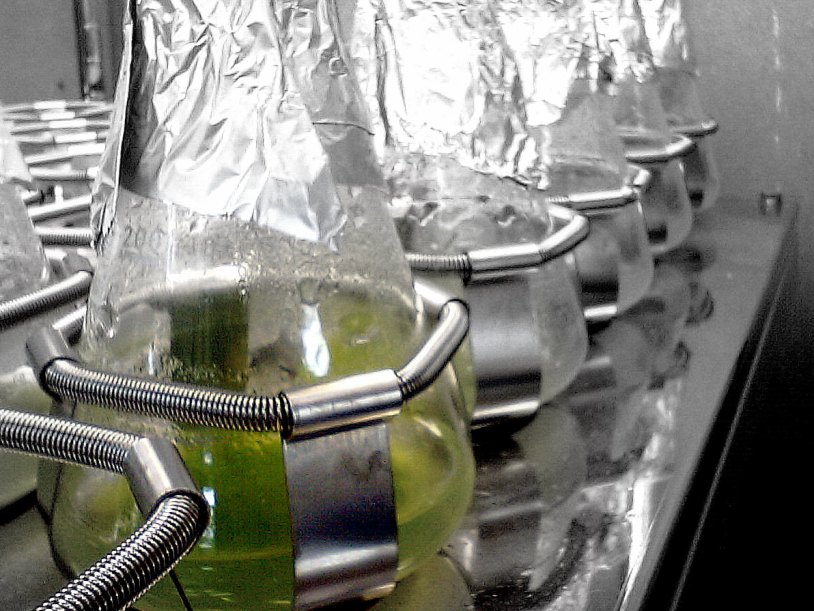Research Theme
Many plants have a special mechanism to sense changes
in the environmental conditions and increase their cold (freezing) tolerance.
This mechanism, or cold acclimation mechanism, is essential for plants to
withstand the cold weather, and it is a major theme we study at the Division of
Cold-adaptation Biology.
To study the cold acclimation mechanism in plants, we especially
focus on (1) gene expression changes mediated by transcription factors, (2)
changes of cellular osmotic concentration and protective activity for cellular
components by compatible solutes, (3) influences of compositional changes of lipids
and proteins in the plasma membrane on the plasma membrane fluidity, and (4) calcium-dependent
membrane-repair mechanism against freezing injury.
Translated by Yasuko Uemura
Finding the ways to grow plants that can withstand the
cold weather is essential in order to increase the food production to meet the growing
world population. To this end, we first have to understand the mechanisms of
plants to obtain cold (freezing) tolerance and then apply the knowledge to
agricultural practices.
The very complex and complicated mechanism involves
different phases in cold adaptation process in plants. We study how the plants
recognize the low temperatures, how they transduce the signal to the right
place or region of their bodies, what kinds of physiological and morphological changes
occur, what kinds of stress response mechanism are expressed subsequently, and
how the plants obtain low-temperature (freezing) tolerance.



The wild plants growing in the environments around the
Cryobiofrontier Research Center in Morioka, Japan are under a serious stress of
the low temperature during the winter, which can easily get to bellow the freezing
point. That is why the Division of Cold-adaptation Biology focuses its research
on cold temperature stresses among all of these stresses.
The low temperatures also greatly affect the
agricultural crops, especially in the Tohoku region. Even with the
most-advanced technologies of today, every time when a cold weather occurs in
the growing season, it gives serious damage to the local agriculture. For stable
management of agriculture, we have to find the ways to protect agricultural
crops from low temperatures.


In the natural environment, plants are exposed to various kinds of stressesーthe changing temperatures and humidity, or unfavorable conditions of light, soil components and water. The duration of the stress exposure also varies from a few seconds to some years or even decades. To withstand these life-threatening stresses, plants have gained many different kinds of mechanisms to detect, transmit, respond to and adapt to the stresses.
